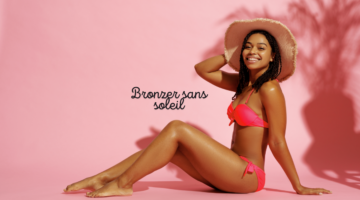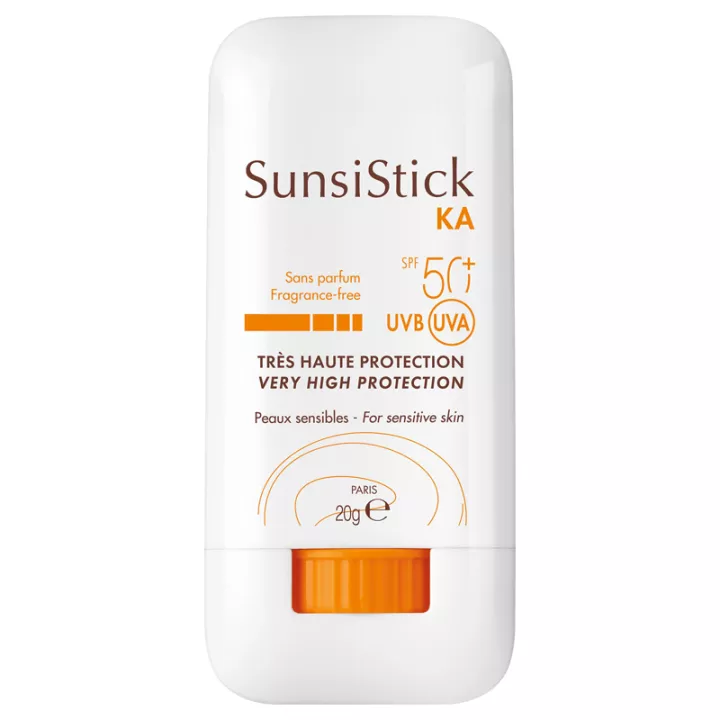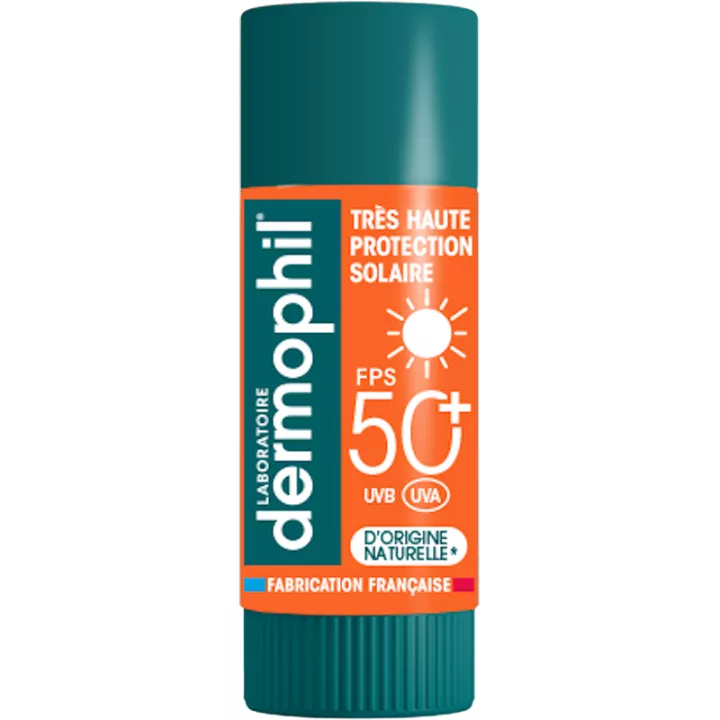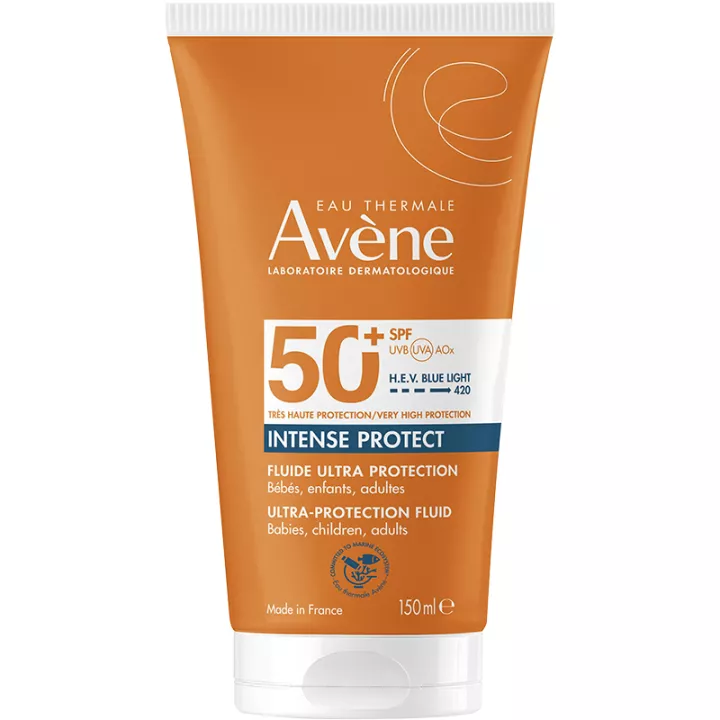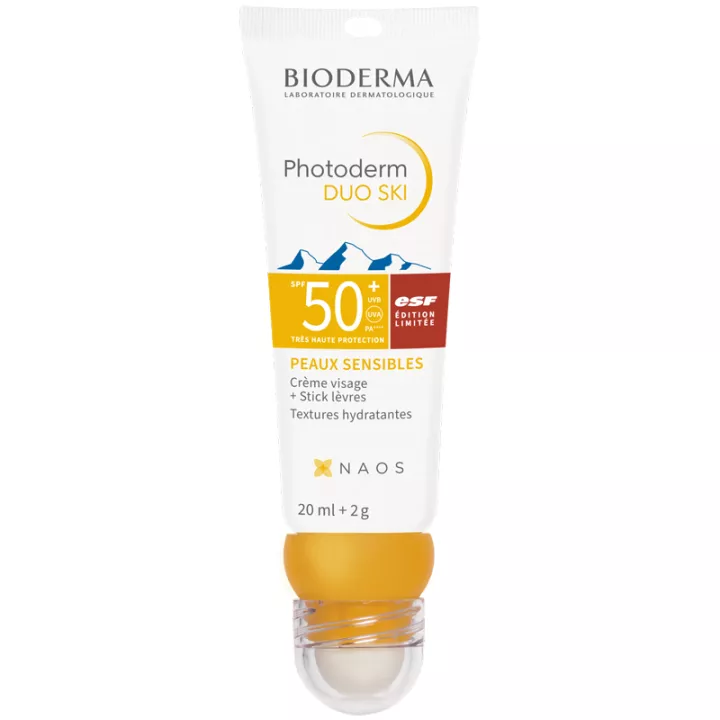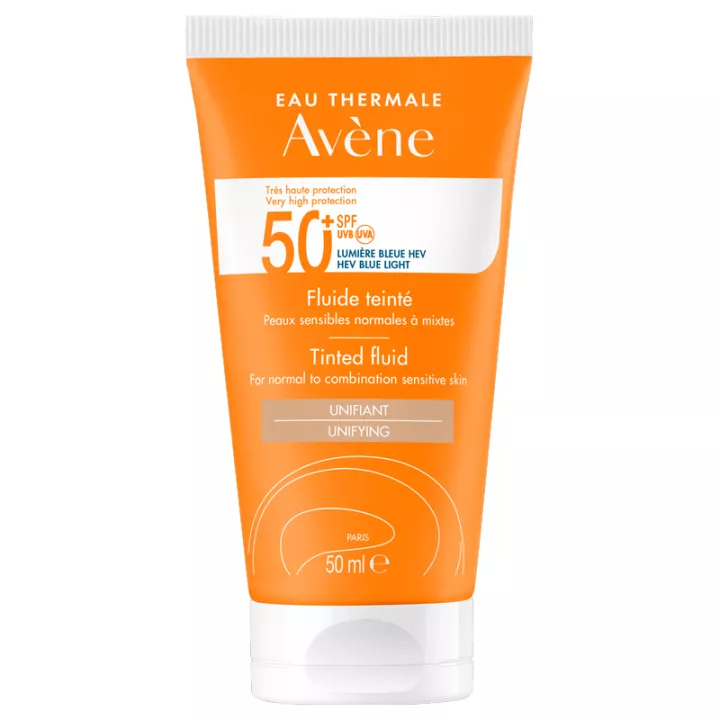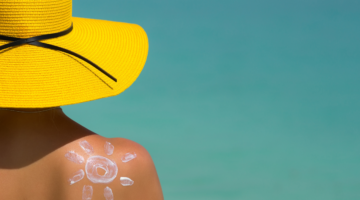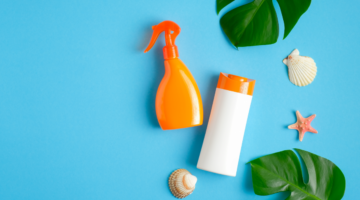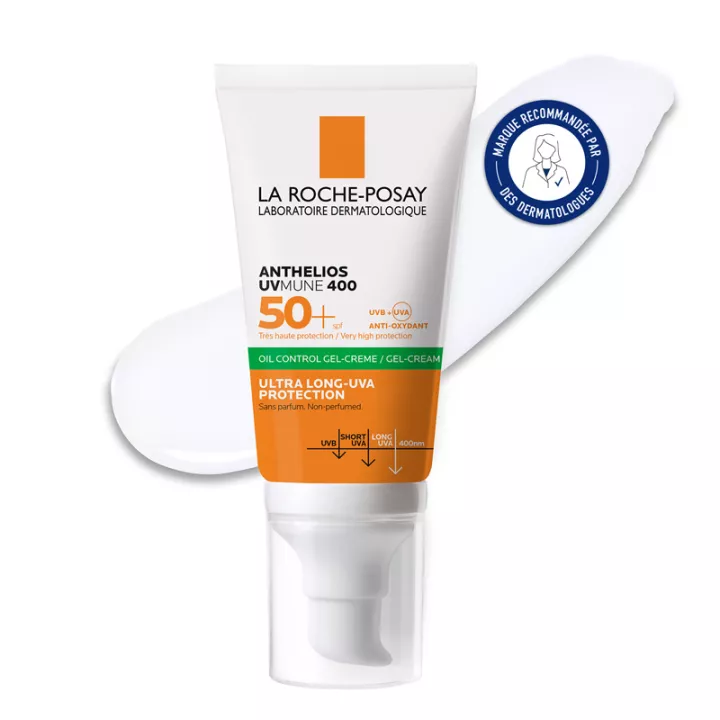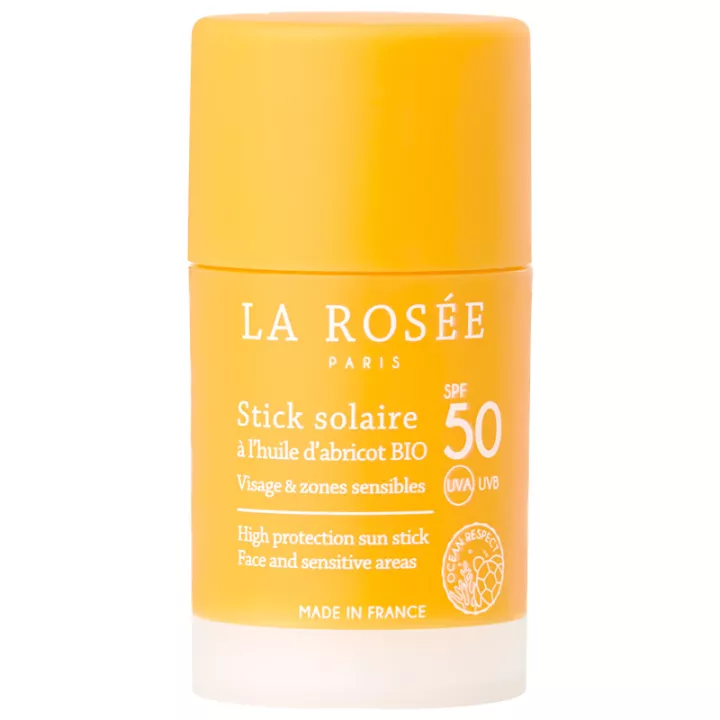What is Avene Sunsistick KA Sfp50+ 20g used for?
Avène Solaire Sunsistick KA Sfp50+Stick is a very high sun protection stick designed for localized sensitive areas (forehead, nose, cheekbones, skull, back of hands, etc.) of the whole family. It is specially adapted to sun-sensitive skin, to prevent actinic keratoses, skin cancers (excluding melanomas) and photoaging.
Its high sun protection is due to a unique complex of active ingredients from Pierre Fabre research, including:
- Stable, long-lasting filtering system for broad UVB-UVA protection.
- Unique antioxidant complex (PRE-TOCOPHERYL + THIALIDINE) for global cellular protection against oxidative stress.
Ultra-resistant to water and sweat, it has a non-greasy texture that leaves a transparent finish on the skin.
Targeted protection
This sun stick is ideal for protecting sensitive areas such as the forehead, nose, cheekbones, skull, back of hands and more. Its highly protective formula effectively prevents actinic keratoses, skin cancers (excluding melanomas) and photoaging, offering overall protection against sun damage. Sunsistick KA SPF50+ is formulated with a stable, long-lasting filtering system, providing very broad UVB-UVA protection. In addition to this advanced sun protection, it contains a unique antioxidant complex of pre-tocopheryl and thialidine. This combination offers comprehensive cellular protection against oxidative stress, helping to prevent damage caused by free radicals.
Resistance and comfort
This sun stick is ultra-resistant to water and sweat, guaranteeing long-lasting protection even during aquatic or sporting activities. Its non-greasy texture makes it easy to apply and leaves a transparent finish on the skin, ensuring optimum comfort all day long. Sunsistick KA SPF50+ is suitable for the whole family, from adults to children, thanks to its high tolerance and sun-sensitive formula. Its practical stick format makes it easy to carry and apply, making it an ideal companion for all your outdoor activities.
We also offer Biarritz Stick Solaire Bio pour Sportif SPF50+ 12 g, at the best price in our online pharmacy.
How to use this ultra-high protection sun stick
- Apply every morning evenly to the face and body areas exposed to the sun during the day.
- For recommended doses, please consult the instructions carefully.
- Reapply in the event of prolonged exposure, heavy perspiration or contact with water.
- Avoid direct contact with the sun by wearing protective clothing (hat, glasses, T-shirt, etc.).
Give your opinion on the advice for use and dosage of Avène Solaire Sunsistick KA Sfp50+ 20g with our partner Verified opinions after your purchase.
Precautions for use
Do not apply to mucous membranes or damaged skin.
What is the composition?
Octyldodecanol. polyethylene. butylene glycol cocoate. hydrogenated microcrystalline wax. bis-ethylhexyloxyphenol methoxyphenyl triazine. diethylamino hydroxybenzoyl hexyl benzoate. diethylhexyl butamido triazone. butyl methoxydibenzoylmethane. ethylhexyl salicylate. beeswax (cera alba). hydrogenated castor oil. avene thermal spring water (avene aqua). aluminum hydroxide. butylene glycol. caprylic/capric triglyceride. disodium stearoyl glutamate. methyl methacrylate crosspolymer. oxothiazolidine. saccharin. sodium benzoate. titanium dioxide (ci 77891). tocopheryl glucoside. water (aqua).
Presentation - Packaging
Stick 20g
Our advice and opinions from natural health experts
What is actinic keratosis?
Actinic keratoses form small, raised lesions (red spots or pimples, small scabs) on areas of skin exposed to light, and are often multiple. They occur on exposed areas of skin, and are most common in fair-skinned patients. Solar keratoses must be prevented and treated, as they can develop into skin cancer.
What causes actinic keratoses?
Actinic keratoses are caused by excessive, chronic exposure to ultraviolet rays. The source of ultraviolet rays can be direct exposure to the sun for leisure, work or tanning. The source of ultraviolet rays can also be the use of ultra-violet cabins, solariums or sunbeds. The onset of solar keratoses requires chronic exposure over several years. This is why actinic keratoses generally appear in people of advanced age. People with a light phototype (fair complexion, blond or red hair, blue eyes, freckles) who tan with difficulty and burn easily in the sun are at greater risk of developing actinic keratoses and consequently squamous cell carcinoma of the skin.
